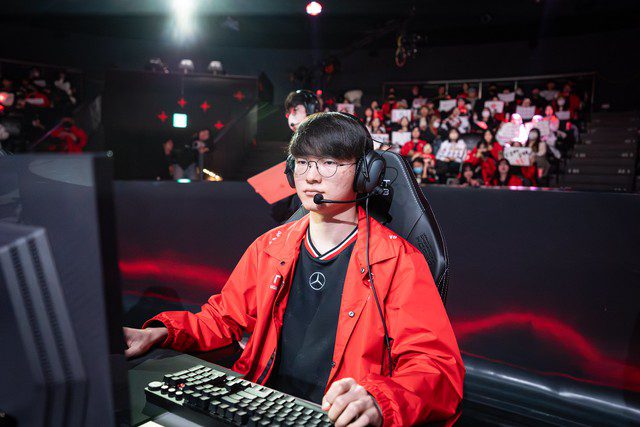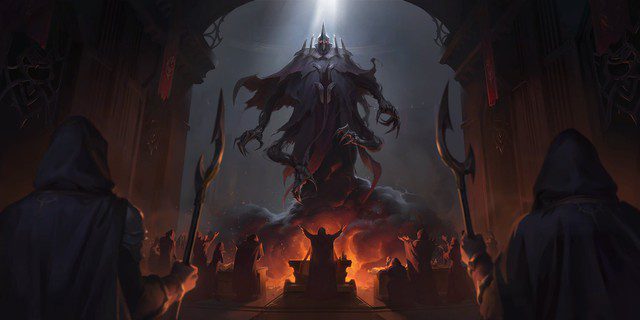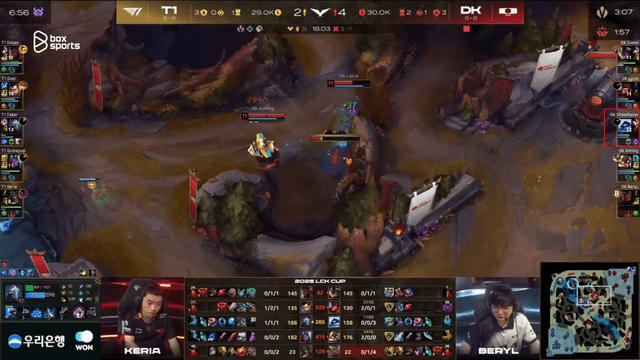The Familiar Struggles of T1 Amidst Riot’s Changes
Applying numerous new mechanics at once, Riot has put teams in challenging situations. Of course, the nature of the competition requires teams to adapt quickly. However, it is evident that the “reverse flow” factor in each match is not as prominent as it used to be, and only after the initial phase of the match can spectators discern which team is likely to secure victory. The “victim” in question recently has been T1.

Notably, the “reverse flow” aspect, often exploited in the mistakes of opposing teams to find opportunities for strategic change, is a signature trait of T1 during their tough times. With the recent introduction of the Atakhan mechanics, Riot has almost completely altered the scenarios in the ongoing 2024 World Championship.
Consider the situation: Faker creates significant advantages with a Shurima Shuffle or a Dark Song command, yet opponents are quick to adapt, often simply resorting to countering basic plays more effectively. Close losses are almost certain to occur for T1, and there will likely be no “miraculous” comebacks.

Not Just T1, but LCK Cup 2025 Also Faces “Victims”
While the LPL has experienced a season of experimentation, the LCK has had to implement Fearless Draft simultaneously with the major changes brought by Riot to League of Legends. The combination of Fearless Draft and the Atakhan mechanics is turning professional matches into quite a “uniform” affair.
Champions that “dominate” have not appeared too frequently, aside from a few exceptions like Yasuo and Xerath, which have recently been revisited in professional play. However, only 2 out of a total of 65 champions have been utilized (counting after the T1 – DK match), which is still far too few compared to the diverse expectations of the audience.

The structure of all matches has been reduced to a best-of-three format, and teams tend to prioritize key decisions at the start of the match. Furthermore, when entering a match, the team on the blue side receives a significant advantage. This is because the Atakhan mechanics appear near the Baron area, which remains a critical position for blue side teams to control, while the red side will focus on controlling the Dragon mechanics.
Indeed, the Atakhan mechanics create a “perfect climb” scenario when teams have the opportunity to maintain stronger advantages. According to statistics from Gol.gg, the win rate for the blue side is 83.3% – a very high figure after 4 matches that have taken place. Only once has a team not exploited the Atakhan mechanics effectively, namely OKSavingsBank BRION in their match against DRX.

Looking ahead, Riot will need to recalculate the new mechanics in League of Legends, especially in professional play. They have had to act quickly to adjust Atakhan following an overwhelming amount of negative feedback. However, every adjustment still hasn’t resolved the philosophical issues at hand.





















